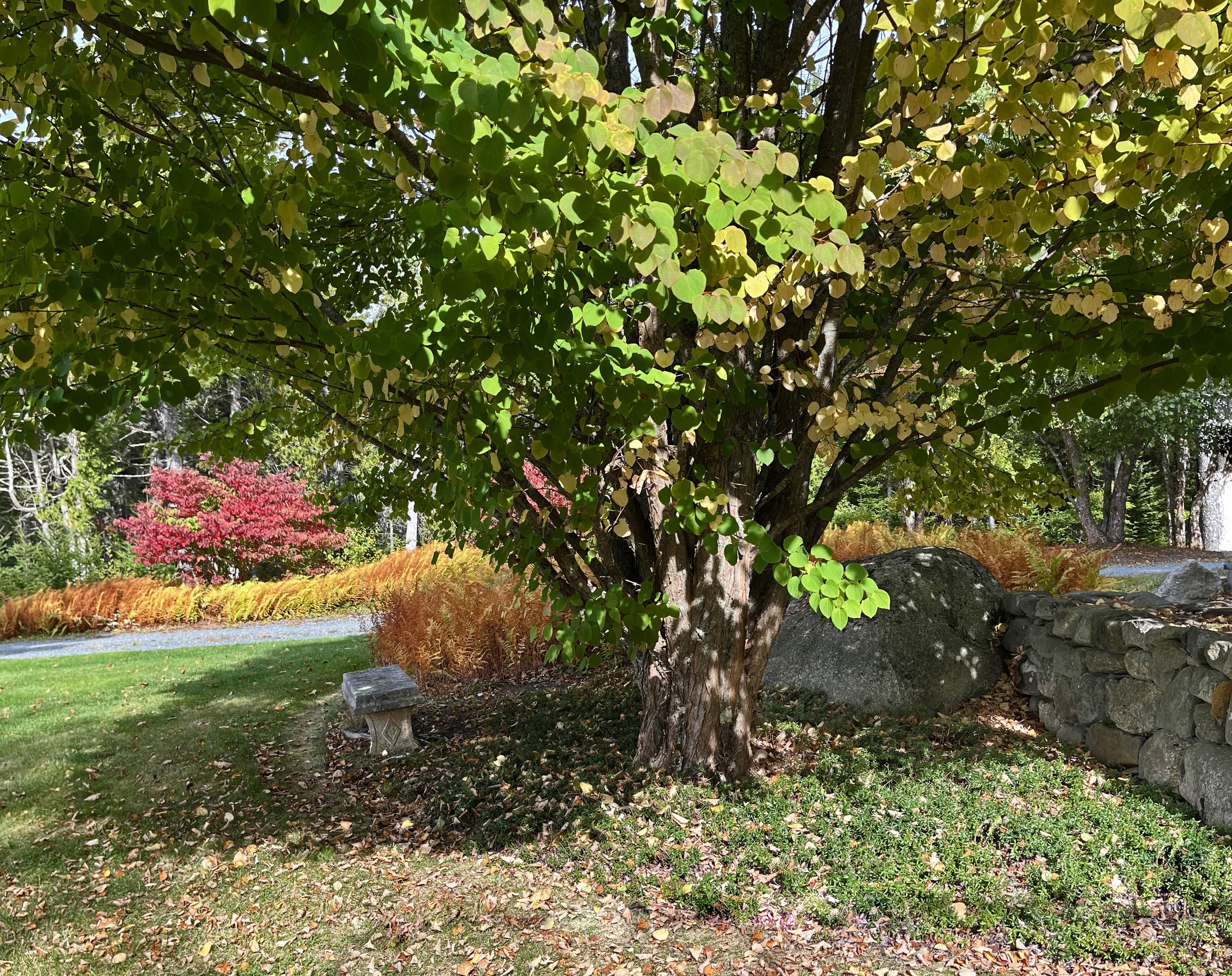The tide was fairly high, the fog lifting, and the wind just the slightest of whispers when I went down to Center Harbor yesterday. Although the day was gray, the scene was delightful. There were a good number of interesting vessels still moored in the reflective fall waters. As usual, the big construction building of the renowned Brooklin Boat Yard cast the largest reflection.
BBY’s new pier, gear shed, and docking floats appeared to have been mostly restored. (As you may remember, they were virtually destroyed in last winter’s vicious storms.)
Syntax, the BBY-built Wheeler 55 that I’ve previously reported on, was still tied up out front, and the usual crowd of interesting dinghies and other access boats were nestled together like an enormous farm litter.
(Images taken in Brooklin, Maine, on October 4, 2024.)
































































































































